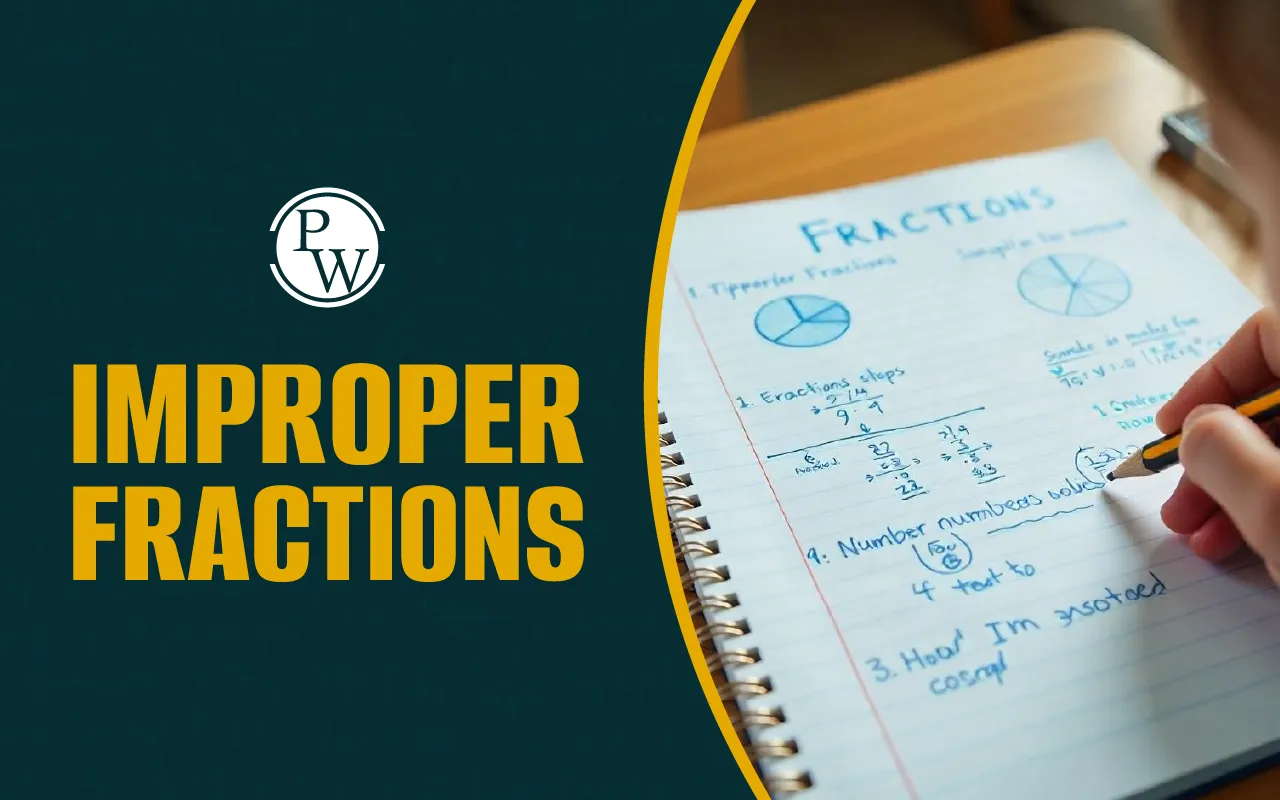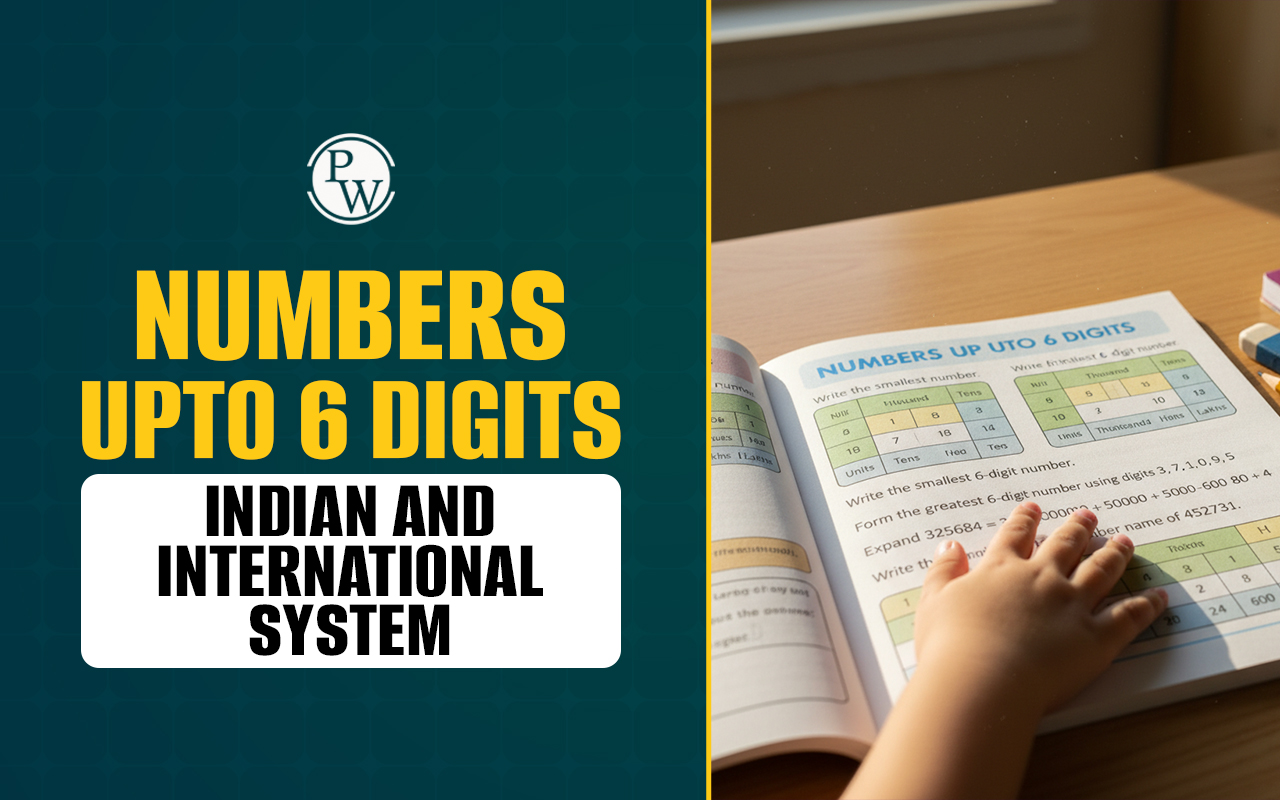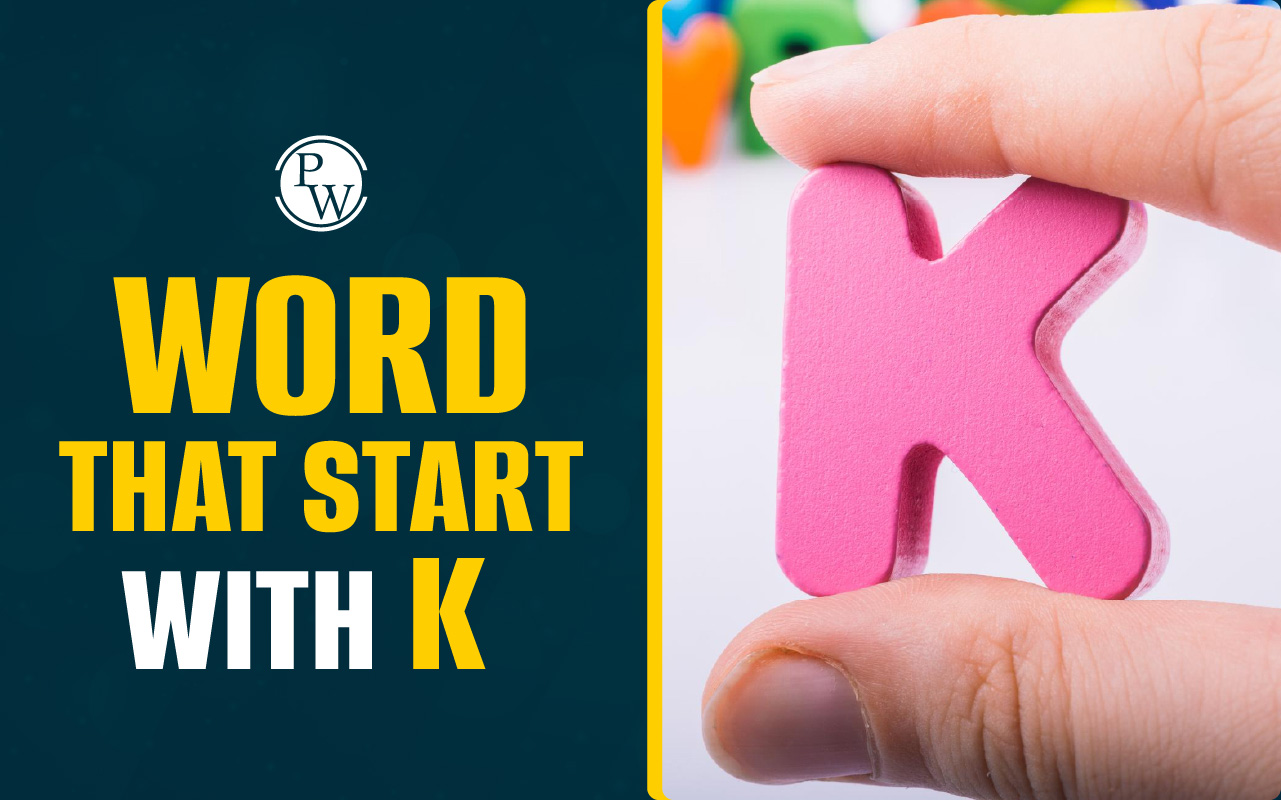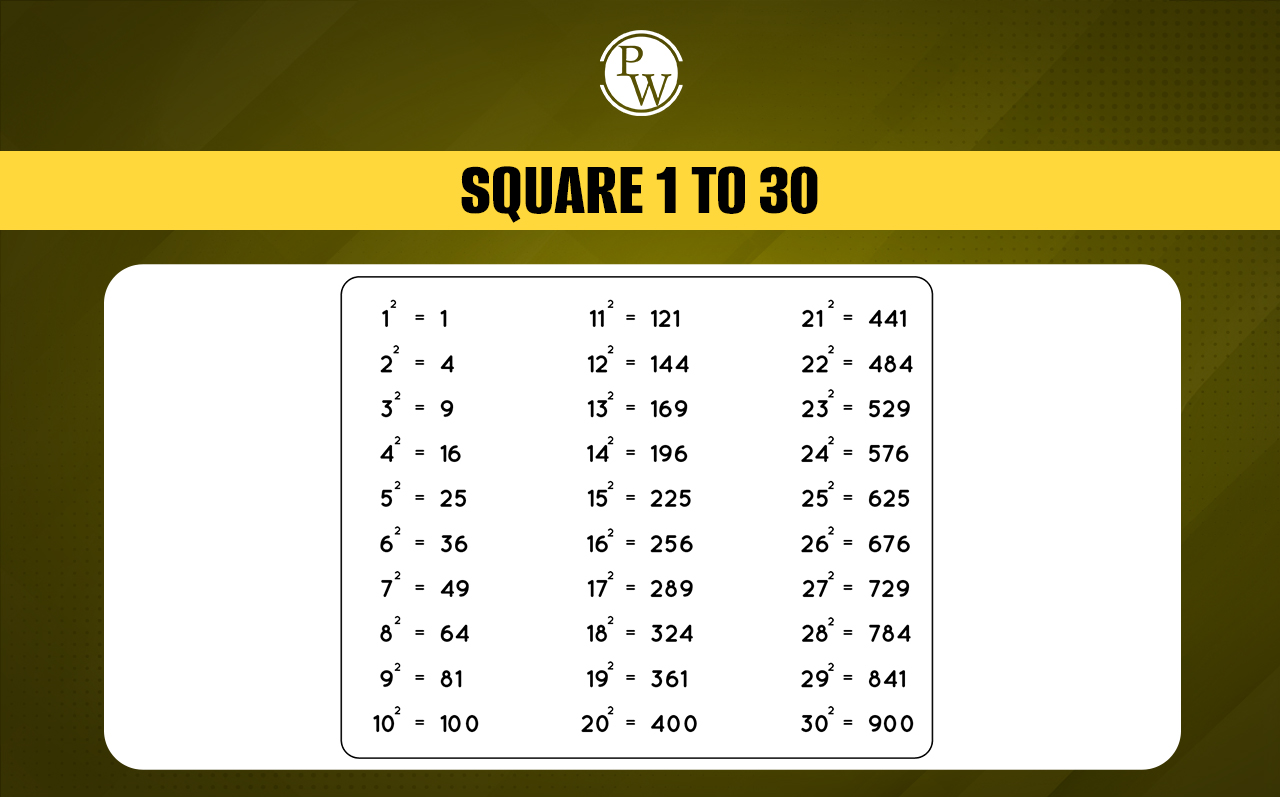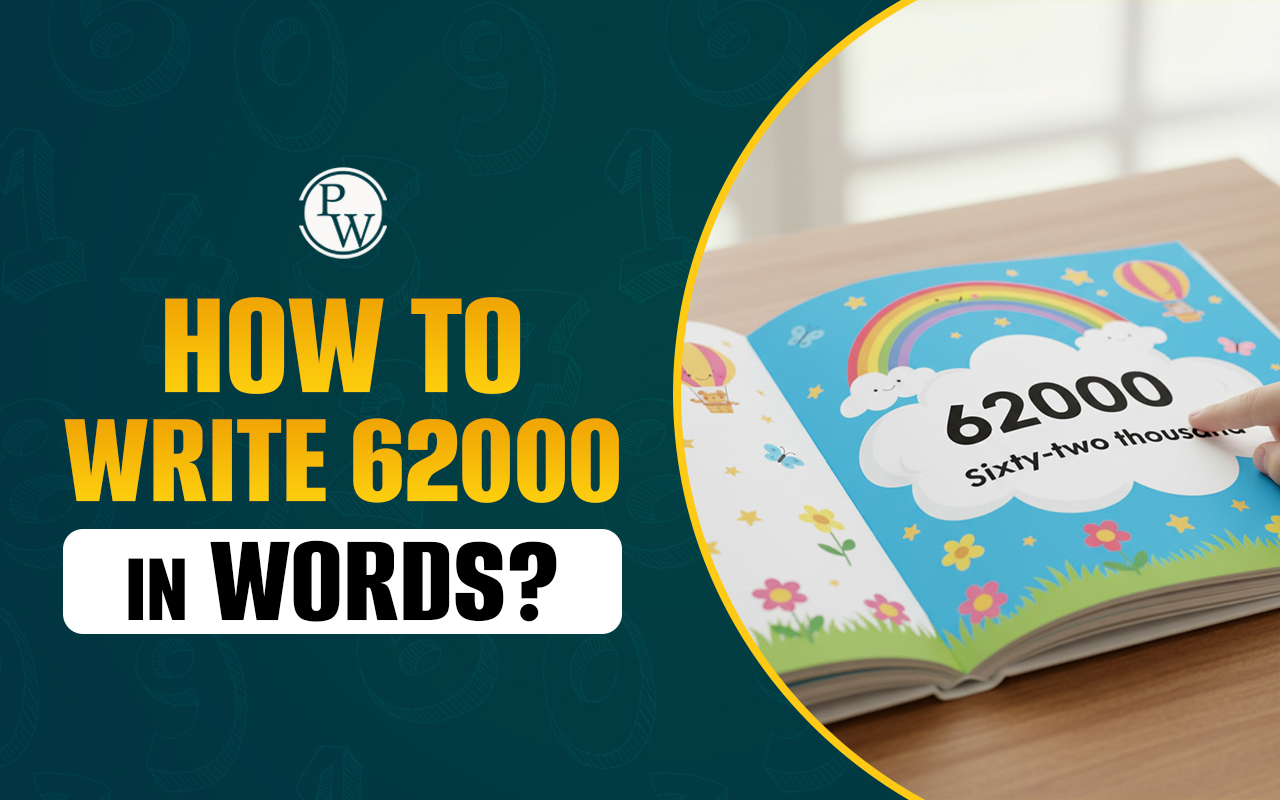

A fraction is a way to show one or more parts of a whole. Like if a chocolate bar is split into 4 parts and you eat 1, that’s written as ¼. In this fraction, 1 is the numerator (the number of parts taken ), and 4 is the denominator (the total number of equal parts).
Fractions are categorized as proper or improper, depending on the relationship between the numerator and the denominator. In this blog, we will understand the concept of improper fractions in detail with real-life examples.
Read More: Fraction Questions for Class 5
What Is an Improper Fraction With Example
Let’s begin by understanding what is improper fraction is with an example. A fraction is split into two main parts:
-
Numerator – the top part of the fraction, representing the number of parts taken
-
Denominator – the bottom part, representing the total number of equal parts
In most fractions, the numerator is less than the denominator. These are called proper fractions. For example, 2/5 is a proper fraction because 2 is smaller than 5.
But in some fractions, the numerator is equal to or greater than the denominator. These are called improper fractions.
Improper fraction example:
-
5/4
-
9/3
-
11/6
In each of these, the numerator (top number) is either equal to or larger than the denominator (bottom number). This means they represent values that are greater than or equal to 1.
Read More: Numbers
Definition of Improper Fraction
The definition of improper fraction states that a fraction is called improper when its numerator is greater than or equal to its denominator. This means the value of the fraction is either equal to or greater than one.
For example:
-
5/4 is an improper fraction because 5 > 4
-
10/3 is an improper fraction because 10 > 3
-
9/7 is also an improper fraction because 9 > 7
This kind of fraction often represents amounts that are more than a whole and can be converted into mixed fractions for better clarity in reading or usage.
How to Convert Improper to Mixed Fractions?
Improper fractions and mixed fractions represent the same value but in two different forms.
An improper fraction has a numerator that is equal to or greater than the denominator. For example, 17/5, 9/4, and 10/3 are improper fractions.
A mixed fraction is a number made up of a whole number and a proper fraction. It is written in the form:
whole number + proper fraction, such as 3 25 , 4 13 or 6 38
Steps to Convert Improper Fractions to Mixed Fractions
To convert an improper fraction into a mixed fraction, follow the steps explained below:
Step 1: Divide the numerator by the denominator.
Step 2: The quotient (the answer from division) becomes the whole number part.
Step 3: The remainder becomes the new numerator.
Step 4: Keep the same denominator.
Now you have a mixed fraction.
Let’s now understand the above step to convert an improper to a mixed fraction with an example.
Example: Convert 29/7 into a mixed fraction
Step 1: Divide 29 by 7 → 29 ÷ 7 = 4 with a remainder of 1
Step 2: The quotient is 4 → this is the whole number
Step 3: The remainder is 1 → this becomes the new numerator
Step 4: Denominator stays 7
So, 29/7= 4 71
Read More: Indian Numeral System
How to Convert Mixed Fractions to Improper Fractions?
We can convert mixed fractions into improper fractions using a simple method discussed below.
Let’s say the mixed fraction is written as w (n/d), where:
-
w is the whole number,
-
n is the numerator,
-
d is the denominator.
To convert this into an improper fraction, follow these steps:
Step 1: Multiply the whole number (w) by the denominator (d)
w × d
Step 2: Add the numerator (n) to that result
(w × d) + n
Step 3: Place the total from Step 2 over the original denominator (d)
Improper fraction = [(w × d) + n] / d
Example: Convert 4 37 into an improper fraction.
4 × 7 = 28
28 + 3 = 31
Final answer = 31/7
Example of Improper Fraction in Real Life
To better understand the concept, let’s consider an example of improper fraction in daily life.
You are baking cookies. One tray holds 8 cookies. You bake 26 cookies in total. How many trays do you use?
That’s 26/8.
Since 26 is greater than 8, this is an improper fraction.
Converting it into mixed fraction gives 3 28 , which simplifies to 3 14.
So, you would need 3 14 trays to bake all 26 cookies.
Read More: Average Speed Formula
Improper Fraction Solved Examples
Example 1: Identify the improper fractions from the following:
14/9, 6/11, 17/8, 3/5, 12/6
Solution: An improper fraction has a numerator greater than or equal to the denominator. So, the improper fractions are:
14/9, 17/8, 12/6
Example 2: Write 25/7 as a mixed fraction.
Solution: Divide the numerator by the denominator:
25 ÷ 7 = 3 quotient, remainder 4
So, the whole number is 3, the remainder becomes the new numerator, and the denominator stays the same.
Therefore, 25/7 = 3 47
Example 3: Convert a mixed fraction to an improper fraction
Write 2 59 as an improper fraction.
Solution: Multiply the whole number and the denominator: 2 × 9 = 18
Add the numerator: 18 + 5 = 23
Keep the same denominator
So, 2 59 = 239
Make math easier for your child with CuriousJr kids online classes. Our fun, storytelling approach keeps kids engaged while helping them understand tricky concepts with ease. Enroll now and turn learning into an enjoyable experience that helps your child score good marks in maths!

